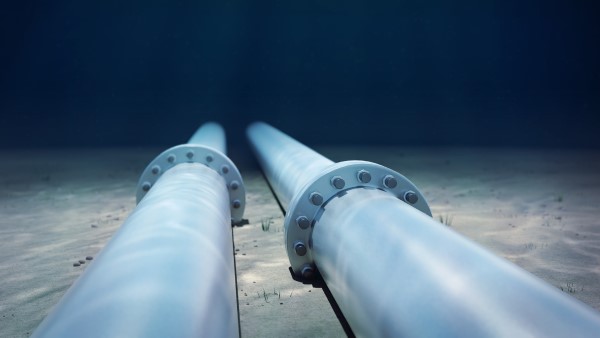Feds Critical of GOM Pipeline Abandonment Policy
P&GJ Staff Report
The U.S. Government Accountability Office (GAO) today publicly released a report that found the Department of Energy does not have “a robust oversight process” for ensuring the integrity of about 8,600 miles of active offshore oil and gas pipelines on the sea floor of the Gulf of Mexico.

Additionally, the report said the Bureau of Safety and Environmental Enforcement (BSEE) “does not generally” conduct or require subsea inspections of active pipelines and points to its outdated regulations, which fail to address the inspection process, regarding the “complexities of deepwater pipeline operations.”
The report noted that the bureau relies on monthly surface observations and pressure sensors to detect leaks, but that BSEE officials acknowledged these methods and technologies are not always reliable for detecting ruptures.
In response to a pair of significant oil leaks in 2016 and 2017, BSEE partnered with industry to improve subsea leak detection, but the technologies identified remain relatively new and cannot be retrofitted to a majority of pipelines, the GAO said.
According to BSEE records cited in the report, more than 97% (about 18,000 miles) of all decommissioned Gulf of Mexico pipeline mileage has been allowed to remain the seafloor since the 1960s. Generally, pipelines must be removed from the seafloor, but if certain criteria are met the pipeline may be decommissioned-in-place.
“Such a high rate of approval indicates that this is not an exception, however,” the report said. “… BSEE does not ensure that operators meet decommissioning standards, such as cleaning pipelines, because they do not observe any pipeline decommissioning activities, inspect pipelines after their decommissioning, or verify most of the pipeline decommissioning evidence submitted.”
BSEE has long recognized the need to improve its pipeline regulations, and in 2007 issued a proposed rule that cited the need to enhance safety and protect the environment, but this effort stalled.
The 2007 proposed rule addressed offshore pipeline integrity, including new requirements regarding pipeline inspection and subsea leak detection technologies. Since 2013, BSEE has noted plans to update its pipeline regulations but has made limited progress in the interim, the GAO said.
To see the full report, click here.
Related News
Related News

- Keystone Oil Pipeline Resumes Operations After Temporary Shutdown
- Freeport LNG Plant Runs Near Zero Consumption for Fifth Day
- Biden Administration Buys Oil for Emergency Reserve Above Target Price
- Mexico Seizes Air Liquide's Hydrogen Plant at Pemex Refinery
- Enbridge to Invest $500 Million in Pipeline Assets, Including Expansion of 850-Mile Gray Oak Pipeline




Comments